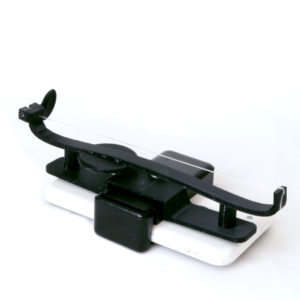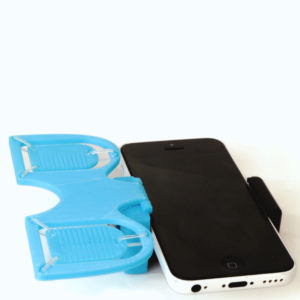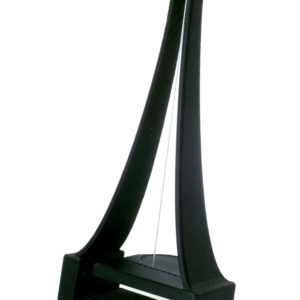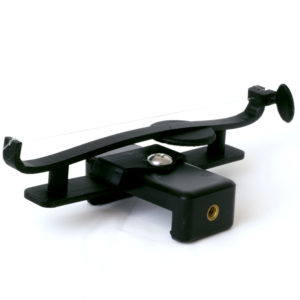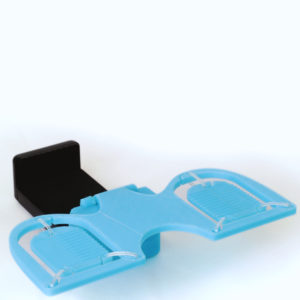Ticklers (in progress)
In the past few decades, a handful of consumer technologies have dramatically transformed our relationship with music consumption. The Sony Walkman and the Apple iPod normalized the intimate listening experience that is now pervasive in public and private spaces alike. iTunes, PodCasts, Spotify and the like allowed listeners to develop into collectors (the personal library), curators (the published playlist) and creators (the podcasts). This project aims to catalyze an analogous revolution in PLAYING music (as opposed to listening, collecting or distributing), by leveraging advanced fabrication and interactive technologies. Support for this proposal will allow Momeni and his colleagues to create four exemplar prototypes of neo-personal-instruments that combine an acoustically functional sculptural object, with real-time interactive software running on a mobile phone. The four instruments, each based on a distinct mode of gestural interaction (tapping, rubbing, plucking and blowing) will be low-cost, reproducible by anyone with access to a maker space, and built around the most pervasive mobile computing platform of the day (i.e. iOS and Android mobiles).
The four instruments proposed in this project pursue an enactive approach to the design of electroacoustic instruments by relying on the richness and intimacy of audio signals generated directly through gesture and touch. Sensors tend to only sense what they are made for (e.g. force- sensitive-resistors sense pressure, photoresistors sense light, infrared-proximity sensors sense distance, etc.). This limitation leads to an inflexibility in commercial musical apps or alternative musical controllers that impedes integration into existing sociomusical cultural practices (e.g. the fireside singalong, the drum circle, the marching band, the jam session, etc.). On the other hand, microphones capture an enormous range of expressive gestures from tapping with the fingertip to scratching with the nails, to rubbing, and shaking, etc. The instruments proposed in this project depart from a hypothesis that successful musical instrument leverage this range of expressivity as opposed to limiting it through its choice of sensing technology. By relying primarily on tactile interaction rooted in acoustic musical techniques, these instruments seek intimate musical control, sonic versatility and a high-ceiling for virtuosity (D. Wessel & Wright, 2002), what Golan Levin calls Instantly Knowable, Infinitely Masterable (Levin, 2000).




